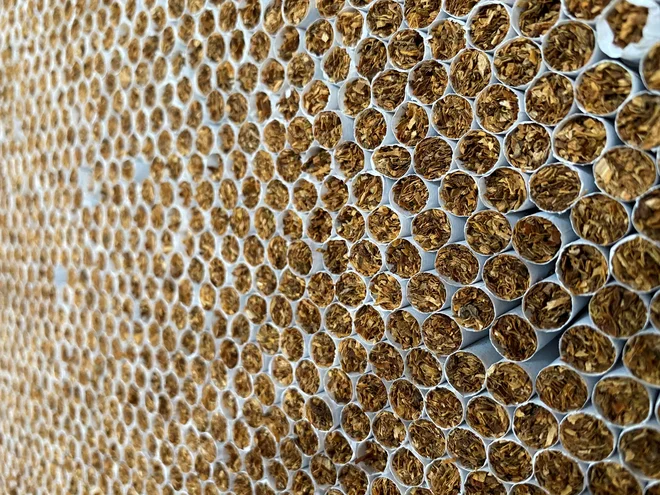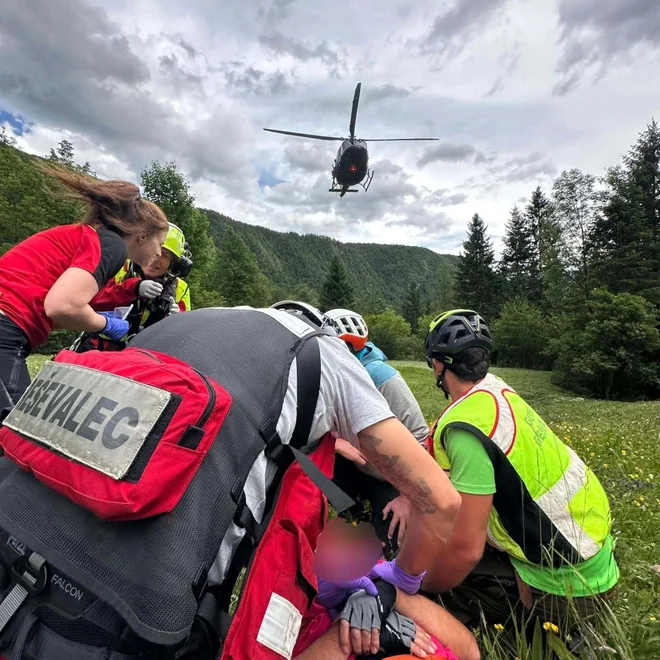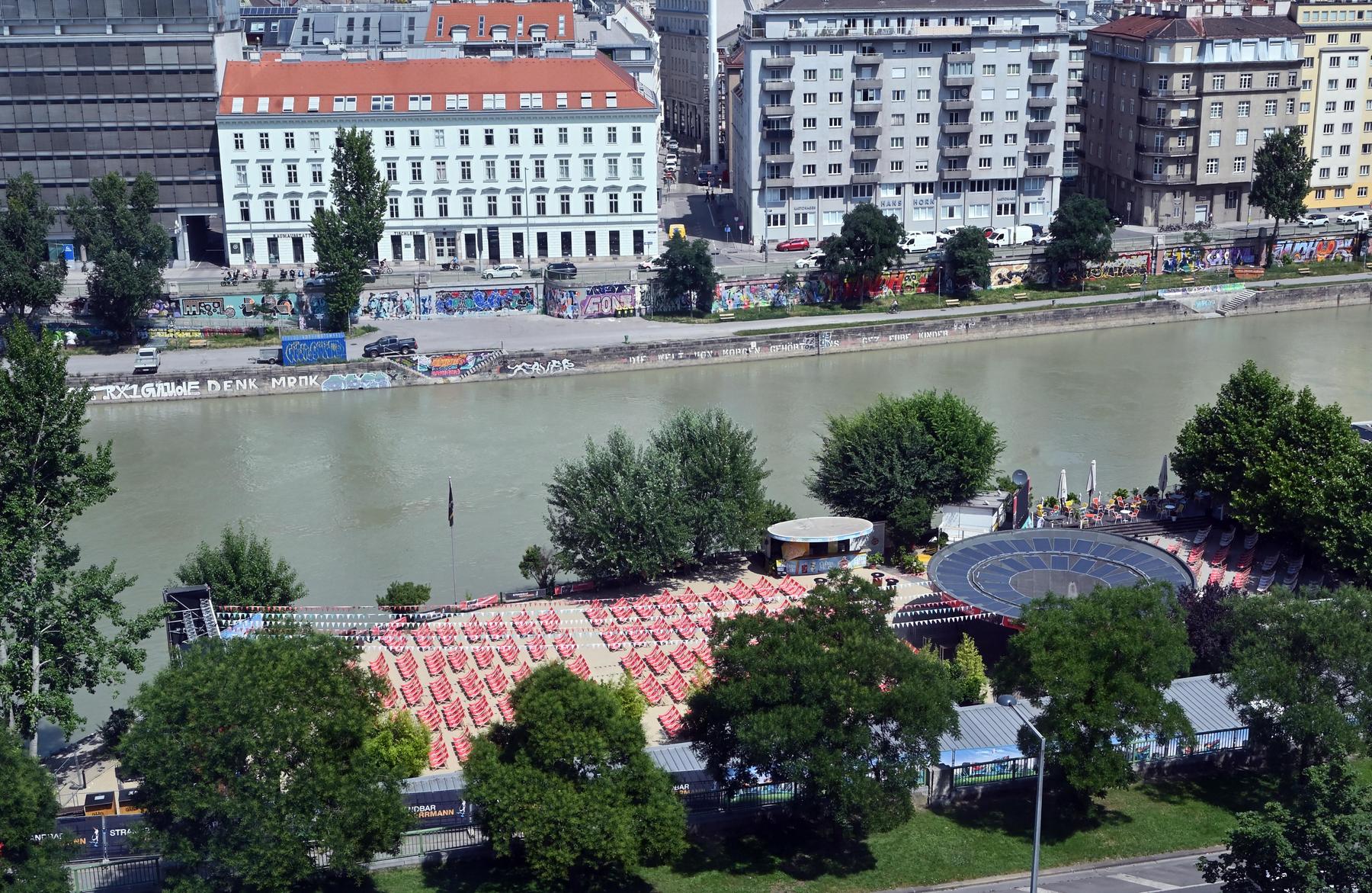She lived in a cave and ate only discarded food, even from dumps

Katja Kozlevčar, modern nomadkaa former media and fashion creator who has exchanged life in the world’s capitals for living in caves and various alternative houses, including caves in the Canary Islands and Jurts.
You have recently returned from the Canary Islands, where you spent some time in the cave-so to speak, « off-grid », without the comfort of modern infrastructure, outside the system and in close contact with nature. What does this way of being looks like? Was this your first experience?
Katja Kozlevčar: No, it was not my first experience. Four years ago, I was in Tenerife, also in the Canary Islands. At the time, I participated in the animal shelter through the platform connecting volunteers and hosts. For my work, in return, I received food and roof over my head – which was a cave. Before leaving, they explained to me what it all looks like, but when someone mentions the cave, you can imagine a lot. It sounds pretty primitive – and it is in its own right, since the cave is basically just a hole in the earth. However, some are very nicely decorated.
Are these caves natural or have been dug by man?
Both. The Canary Islands are of volcanic origin, so there are a lot of natural caves that have been carved by lava. The terrain is very porous, so it is quite easy to further form or expand these cavities. Some arrange for all their dwellings – some are modest, others very modern. My cave was basic: without electricity, water, heating, without Wi-fi-in short, without all modern connections. But she had everything I needed for a comfortable stay: a bed, some furniture… The interior was dressed in textiles so that the stone did not crumble around the room, which created a really pleasant, bohemian atmosphere. Sleeping in such a cave is something special – there are no disturbing sounds, the temperature is stable, about 13-14 ° C. It rises slightly in the summer, but in the Canary Islands, the temperature is quite constant throughout the year. Each island has its own microclimate, which also affects the living conditions. It is interesting that not only humans are in caves, but also used for storage and as animal shelters – often instead of stables. In the south of Tenerife, there are quite a few communities that are completely off-farm, off. This experience has greatly influenced me and my further decisions. This is why this winter I returned to the Canary Islands, this time to the island of La Palma. I wanted to combine volunteer work by exploring the possibilities to buy a house in Bulgaria – that is, to realize the idea of an alternative way of life. This time I was not only in the cave, but also in the yurt and in a slightly more modern but still modest hut.
How was it arranged with kitchen and toilets?
There were several caves in the shelter where I was a volunteer – each had their own, and some also stayed in motorhomes, trailers, huts … They also had smaller objects made of natural materials such as straw and clay. Because the weather is friendly, you can be more open to nature. The kitchen and toilets were arranged in common rooms that were a few hundred meters away from my cave. All infrastructure was based on sustainable sources – they were generated by electricity with solar and wind energy, as the area is very windy. The toilets were basic but functional – quite different from those we know in our country. Simple, without classic sewage – they had a locally designed system, as there is no broader infrastructure there. Although everything worked completely outside the network, they even had their wireless internet, which was already a real luxury – mainly because they had a special department that took care of social media presence. The shelter worked exclusively on the basis of donations.
How did food prepare?
All residents, including volunteers, were vegans. The food we ate would otherwise be discarded.
We picked up a lot from containers of shops and restaurants, which may sound unpaved, but often in the garbage it lands completely impeccable, packed food that only expired or was not aesthetic enough to sell. We also collaborated with the surrounding farmers, which gave us « incomplete » crops – those that shops did not want. With all this, we were eating or more than 400 animals from the shelter. We also received food from local bakery and supermarkets. Despite the modest conditions, we ate well.
In the second case, I was staying in a cave on an eco farm created by the Belgian couple. In six years, they built a real little paradise – with lush gardens of fruits and vegetables, including lemons, avocado and more.
You can see the full conversation Here.







